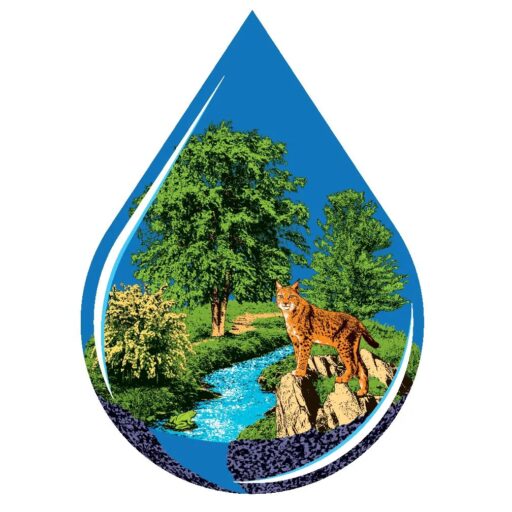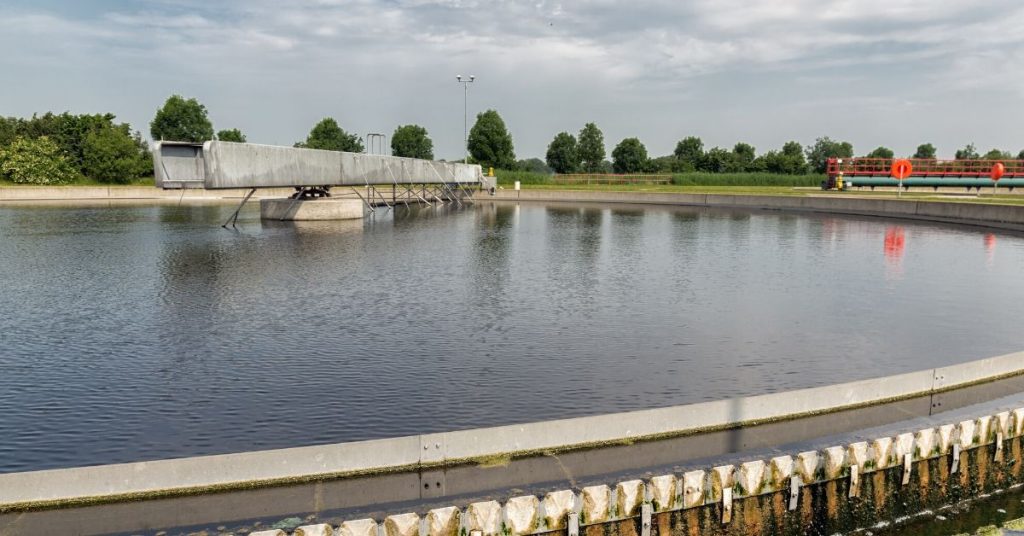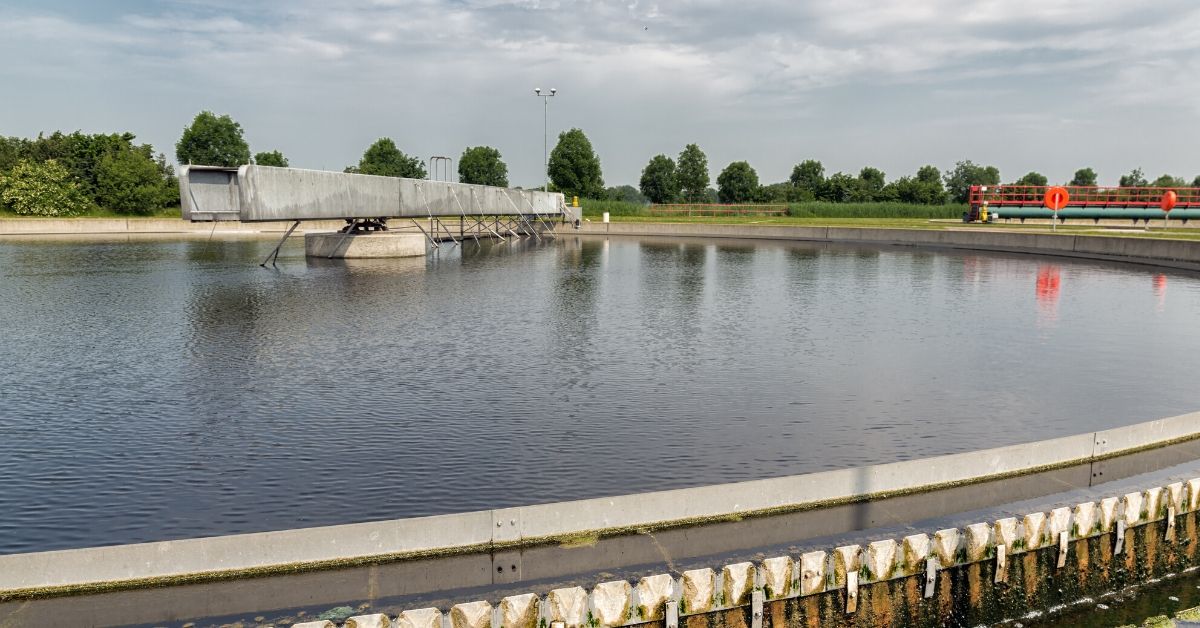Wastewater Lagoon System 0.8 MGD
Excessive sludge accumulation and related treatment issues are often experienced in rural wastewater lagoon systems. A growing Wyoming city of 10,000 people were struggling with solids buildup in their lagoons. The biology in their two 25 million-gallon ponds were failing to reduce solids and fecal coliforms.
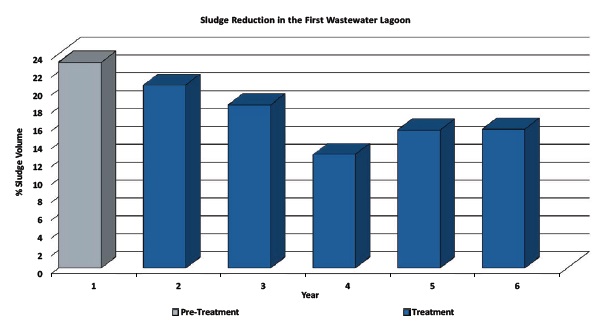
Figure 1. Percent sludge volume in the first lagoon was determined from sludge profiles for the year before treatment (grey) and five years during treatment (blue).
Two main issues contributing to the system overload were, [1] the wastewater infrastructure was lacking a headworks, and [2] the discharge quality from the city’s brewing, meat processing, and medical industries was under regulated. Influent flows from the town were dumped into the first lagoon without proper trash and grit removal.
Furthermore, the treatment system received unpredictable and concentrated biological oxygen demand, total solids, and E. coli loads. The lagoon biomass was unable to efficiently process the high strength wastewater, so sludge accumulated in the treatment cells.
In need of a reliable solution, the facility supervisor contacted BioLynceus® to design a bioaugmentation plan to reduce sludge in the lagoons. The 0.8 MGD system was first treated with BioLynceus® ProBiotic Scrubber® II (PBII) at one lagoon lift station and later at three injection points throughout the collection framework.
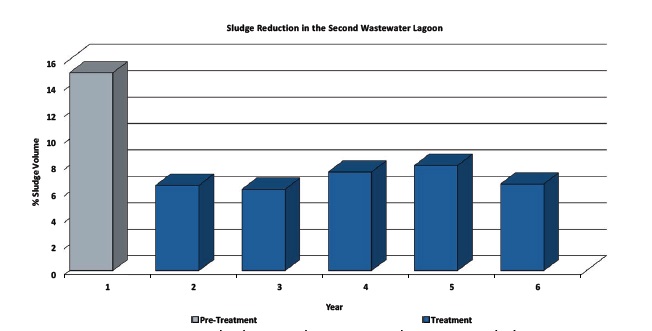
Figure 2. Percent sludge volume in the second lagoon was determined from sludge profiles for the year before treatment (grey) and five years during treatment (blue).
After the first year of treatment, the volume of sludge was decreased by 10.7% in the first pond and 56.7% in the second pond. The solids accumulation in both lagoons continued to decrease and stabilize over time.
In the sludge assessment report for the lagoons that year, a registered wastewater technician with the Wyoming Association of Rural Water Systems wrote, “It is obvious that the addition of microbes to the wastewater have had a positive impact on the appearance of the wastewater treatment lagoons as well as sludge reductions.”
Furthermore, the bioaugmentation plan enabled the treatment facility to stay within their NPDES permit limits for total suspended solids, biological oxygen demand, and fecal coliforms. By adding BioLynceus® microbiology to their wastewater system, the city reduced their dredging, engineering, and system upgrade expenses.
A letter from the Wyoming Association of Rural Water Systems Registered Wastewater Technician explained, “Today [four years after the start of treatment], the savings to the city are in range of $932,812 to $972,441.” Bioaugmentation helped restore efficient solids degradation in the lagoon system and contributed to reducing dredging and maintenance costs.
BioLynceus® ProBiotic Scrubber® II promotes efficient solids reduction in lagoon systems.
